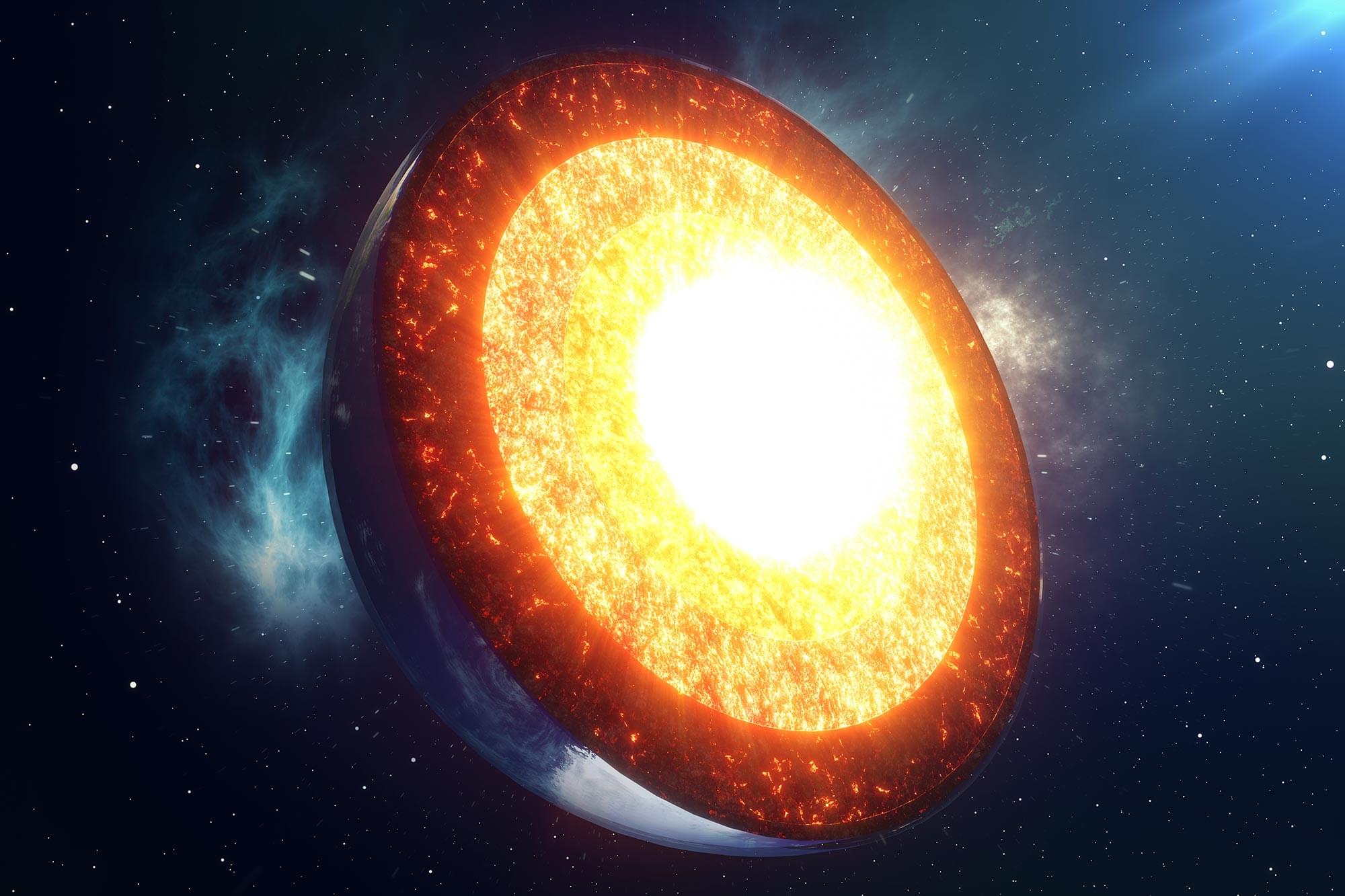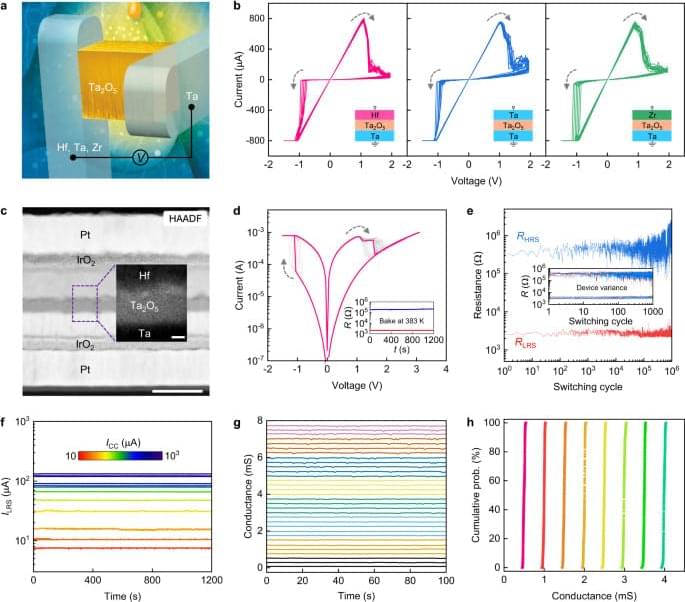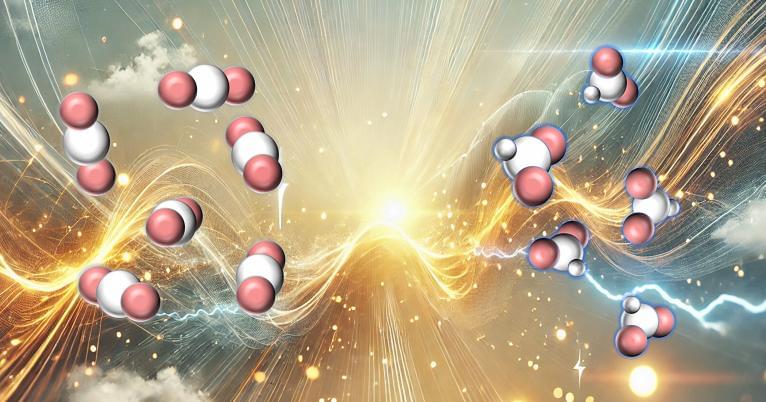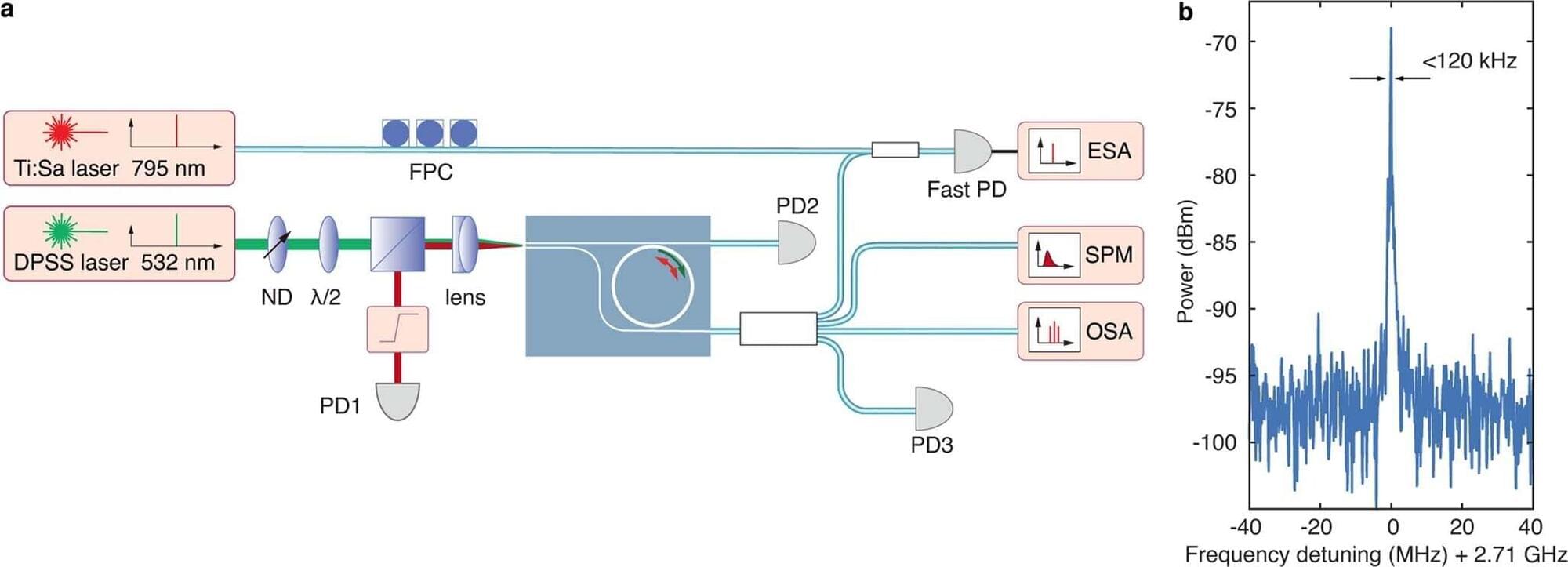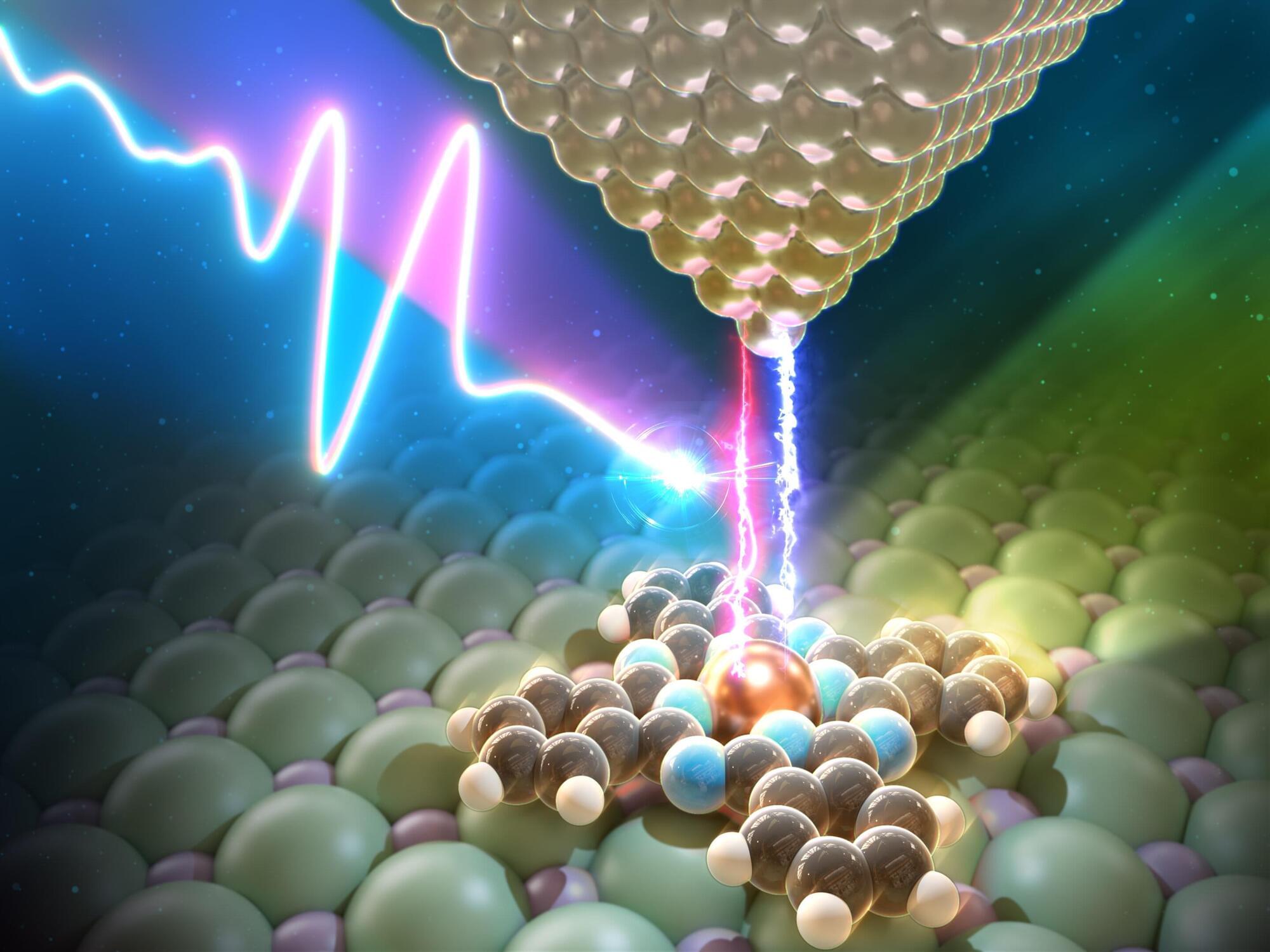Researchers from Japan and Taiwan have made a groundbreaking discovery, demonstrating for the first time that helium—long considered chemically inert—can bond with iron under extreme pressure. Using a laser-heated diamond anvil cell, they observed this unexpected interaction, suggesting that vast amounts of helium may be present in the Earth’s core. This finding challenges long-held theories about the planet’s internal structure and history and could provide new insights into the primordial nebula from which our solar system originated.
Volcanic eruptions primarily release rocks and minerals, but they can also emit traces of a rare gas known as primordial helium. Unlike the more common isotope, helium-4 (⁴He), which consists of two protons and two neutrons and is continuously produced by radioactive decay, primordial helium—helium-3 (³He)—contains only one neutron and is not formed on Earth. Its presence offers valuable clues about the planet’s deep interior and its connection to cosmic origins.
Given the occasionally high 3 He/4He ratios found in volcanic rocks, especially in Hawaii, researchers have long believed there are primordial materials containing 3 He deep within the mantle. However, graduate student Haruki Takezawa and members of Professor Kei Hirose’s group from the University of Tokyo’s Department of Earth and Planetary Science have now challenged this view with a new take on a familiar experiment — crushing things.
